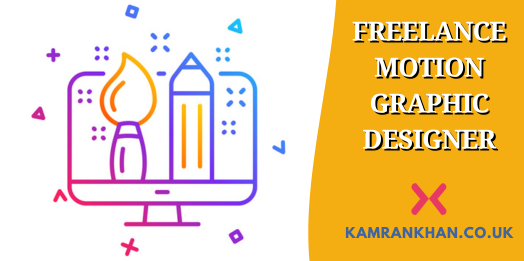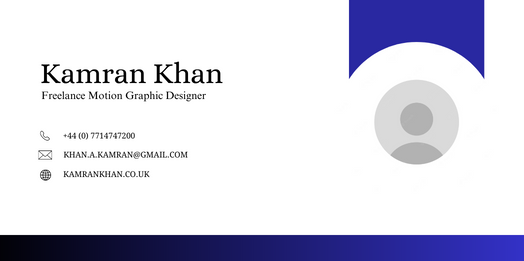
What Does a Motion Graphic Designer Do: Unveiling the Creative Process
Motion graphics have become an integral part of modern visual storytelling, captivating audiences with their dynamic animations and engaging visuals. Behind these mesmerizing animations lies the expertise of a motion graphic designer. In this post, we delve into the world of motion graphic designers, their responsibilities, and the creative process that brings visuals to life.
What Does a Motion Graphic Designer Do?
A motion graphic designer is a creative professional who combines design and animation to communicate ideas, messages, and stories through dynamic visual elements. They work across various industries, including film, advertising, marketing, and entertainment, to produce captivating animations that leave a lasting impact on the audience.
Responsibilities of a Motion Graphic Designer
Concept Development: Motion graphic designers collaborate with clients and creative teams to understand the project’s objectives. They brainstorm and conceptualize ideas that align with the message and brand identity.
Storyboarding: Once the concept is finalized, designers create storyboards that outline the sequence of scenes and transitions. This serves as a blueprint for the animation process.
Design Elements: Designing elements such as characters, backgrounds, typography, and icons are crucial for the role. These elements contribute to the visual appeal and convey the intended message effectively.
Animation: Bringing static designs to life is the core of a motion graphic designer’s work. They use software like Adobe After Effects to apply animation techniques, including motion paths, keyframing, and easing.
Audio Integration: Motion graphics are often accompanied by audio elements such as sound effects and background music. Designers synchronize animations with audio to create a seamless and immersive experience.
Client Collaboration: Motion graphic designers work closely with clients to incorporate feedback and make necessary revisions. Effective communication is key to delivering animations that align with the client’s vision.
Check also: How to Be a Successful Freelance Motion Graphics Artist
FAQs about Motion Graphic Designers
Q1: What skills are essential for a motion graphic designer?
A motion graphic designer should have a firm grasp of visual design principles, proficiency in animation software, creativity, attention to detail, and effective communication skills.
Q2: Is coding knowledge necessary for motion graphics?
While coding isn’t a primary requirement, having a basic understanding of coding can be advantageous, especially for interactive or web-based animations.
Q3: What industries benefit from motion graphic design?
Motion graphics find applications in various industries, including advertising, film, television, e-learning, gaming, and social media.
Q4: How long does it take to create a motion graphic?
The time required depends on the complexity of the animation. Simple graphics might take a few days, while more intricate ones could take weeks.
Conclusion
In conclusion, a motion graphic designer plays a pivotal role in transforming ideas into captivating visual narratives. Their ability to blend design, animation, and storytelling results in animations that engage, inform, and entertain. Whether it’s a promotional video, explainer animation, or a cinematic sequence, motion graphic designers infuse creativity and skill to make visuals come alive. So, the next time you’re captivated by a stunning animation, remember the talented motion graphic designer behind the scenes who made it all possible.







